We remove the fuel rail to replace and check the operation of the injectors and when performing troubleshooting work related to the operation of the fuel system.
Preparing the car for work.
Disconnect the negative battery terminal.
Removing the receiver (see Removing the receiver and intake manifold of the VAZ-2112 engine).
Close the intake manifold opening with plugs.
Disconnect the vacuum hose from the fuel pressure regulator.
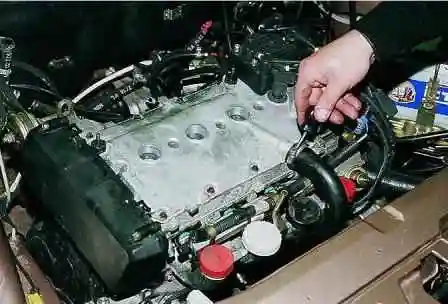
Use a Phillips screwdriver to loosen the crankcase ventilation hose clamp
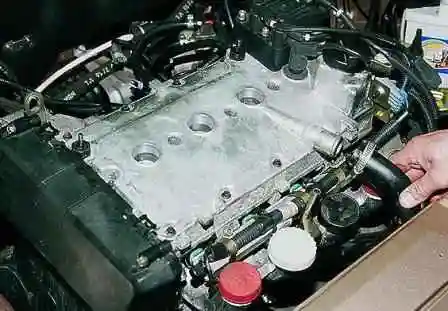
Disconnect the hose from the pipe of the cylinder head cover.
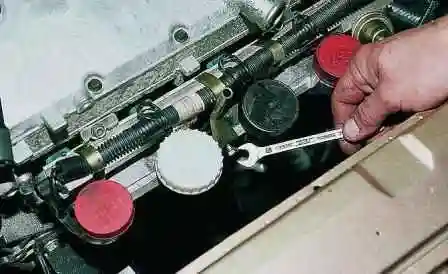
Using a 10 key, we unscrew the bolt securing the guide tube of the oil level indicator.

Remove the guide tube.
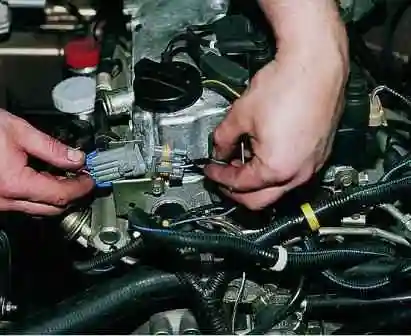
Disconnect the fuel rail connector.
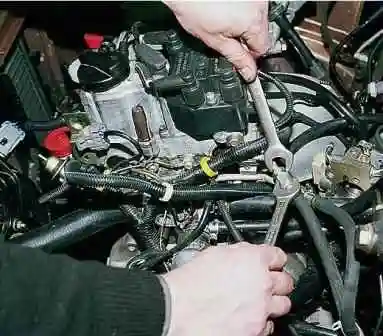
Using two 17 wrenches, disconnect the rail fuel pipes from the fuel supply and return hoses, releasing the fuel pressure (the fuel return hose and pipe are marked with blue paint).


Use a Phillips screwdriver to unscrew the screw of the fuel pipe mounting bracket and remove it.
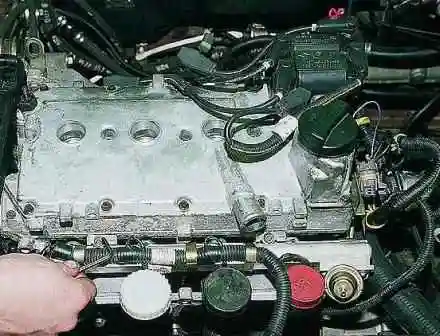
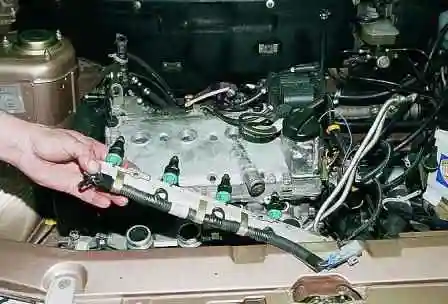
Using a 5 hexagon wrench, unscrew the two screws securing the fuel rail and remove it complete with injectors and fuel pressure regulator.
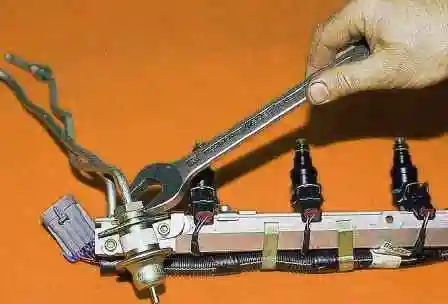
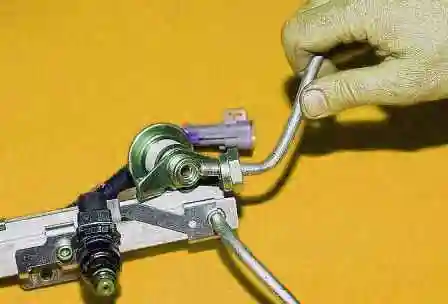
Using a 24 wrench, unscrew the nut securing the fuel return pipe to the pressure regulator and remove the pipe.
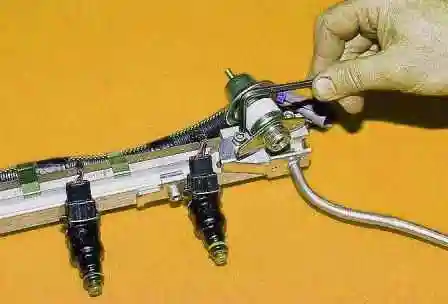
Using a 5 hexagon, unscrew the two screws securing the fuel pressure regulator to the rail.

Move the pressure plate of the fuel supply pipe along the ramp and remove the pipe.
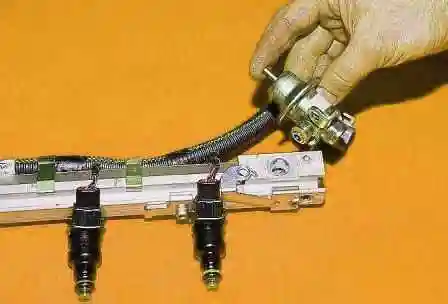
Swinging, we take out the fuel pressure regulator from the rail.
We assemble and install the fuel rail with the pressure regulator in the reverse order.
If necessary, replace the sealing rings of the fuel pipes with new ones.

We replace the sealing rings of the injectors with new ones and lubricate them with engine oil.
We tighten the screws for fastening the pressure regulator and the ramp with a torque of 9–13 Nm.
Tighten the union nuts of the fuel pipes with a torque of 20–34 Nm.





